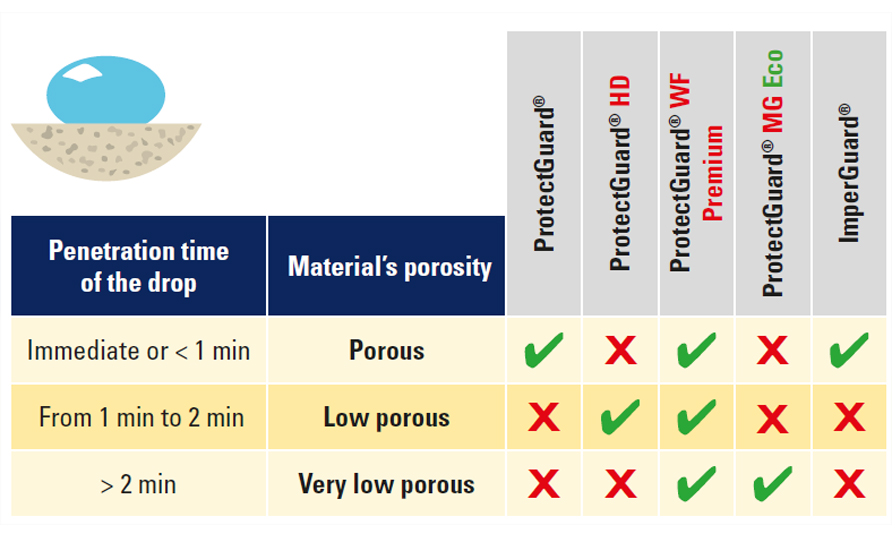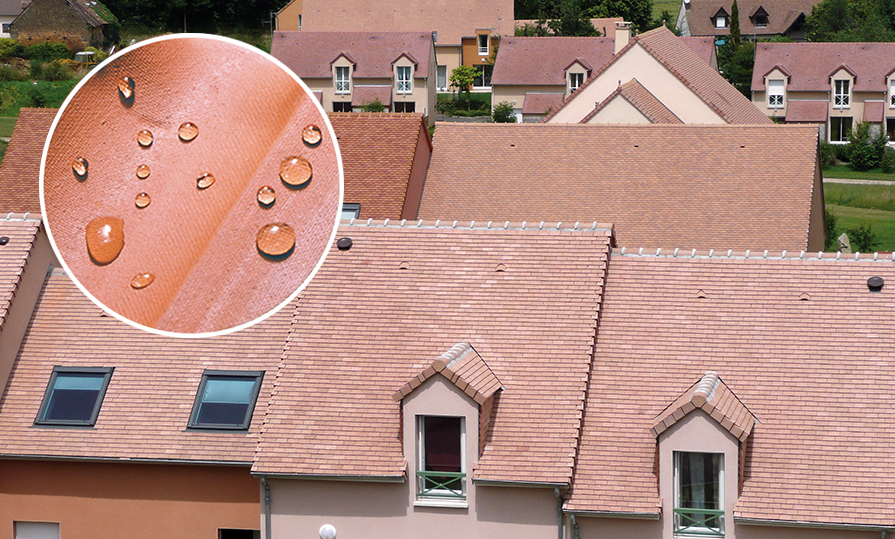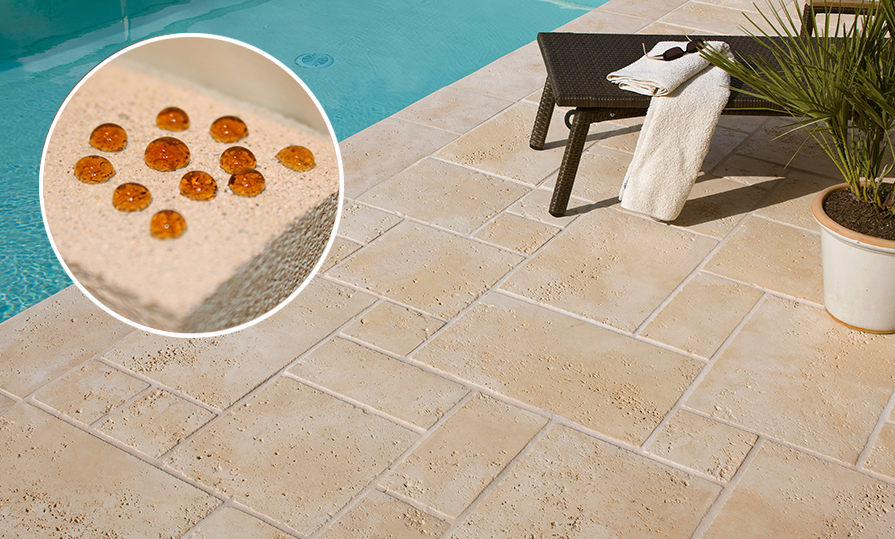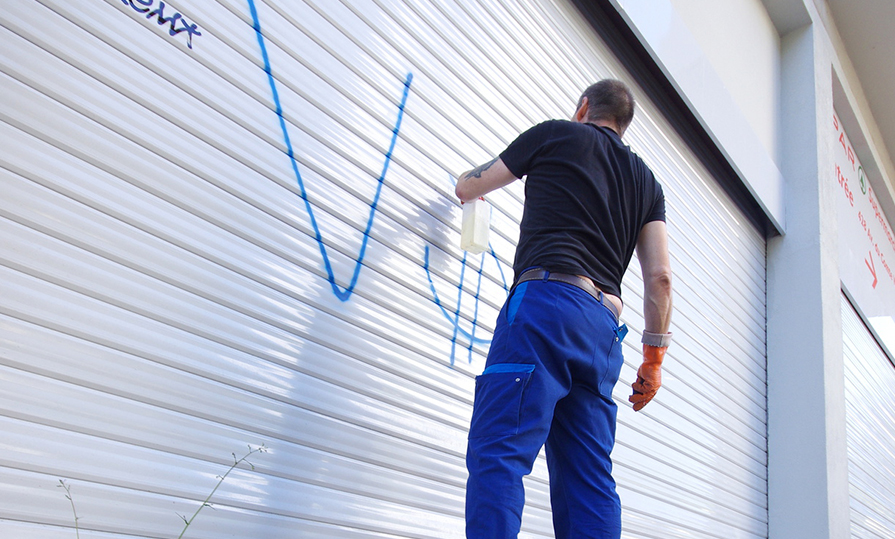
Choose the suitable protection product according to your surface and the protection needed
One of the key requirements for choosing a protective product is to know the porosity of the material to be treated. The porosity of a material refers to its ability to absorb more or less liquid.
Materials have a varying number of pores. Depending on their porosity they will react differently upon contact with a liquid. Concrete, limestone, artificial stone, wood… These materials are all different and are therefore not all treated in the same way. A highly porous material (limestone, brick…) will instantly absorb liquids. On the other hand, a low-porosity material (marble, granite…) will absorb liquids less easily. Therefore, a very powerful product capable of penetrating a “closed” surface must be used.
Due to the great diversity of construction materials, Guard Industrie has developed protective products that can be adapted to every type of porosity. To choose the most suitable protective product, you simply need to carry out the water drop test. This very simple and quick test is a particularly effective way to find out a material’s porosity. Apply a drop of water to your material and the penetration time of the drop will indicate which product to use.
Then follow the guidelines in our table to choose the right product to apply.

Untreated building materials are highly susceptible to weathering and natural /human damage. The result: your floors, façades and roofs become dirty. Applying a protective product guarantees that your material is well protected and that it will be preserved over time. Which treatment should I choose?

A water-repellent is a treatment product designed to protect against water infiltration. It enters the pores of the material and creates a barrier that prevents liquid from penetrating. In this way, it inhibits moisture and prevents the formation of mosses and moulds. A water-repellent product can be used indoors for waterproofing walls. It can also be used externally to protect walls and roofing from weathering and frost damage.

In addition to water resistance, some surfaces such as terraces or worktops require anti-stain protection. Whether they are made of natural stone, concrete, wood or reconstituted stone, these materials are prone to various types of damage such as barbecue stains, food stains, pollution, dirt, bad weather, leaves… They must therefore be protected with a waterproof and anti-stain treatment.

Walls of houses and buildings are often defaced by graffiti and tags. To combat this problem, protective products have been developed to prevent graffiti from becoming embedded in materials. These anti-graffiti treatments prevent ink pigments from penetrating the material and make it much easier to clean protected surfaces. Anti-graffiti treatments provide either semi-permanent or permanent sacrificial protection (protection inhibits graffiti and must be reapplied once the graffiti has been removed).